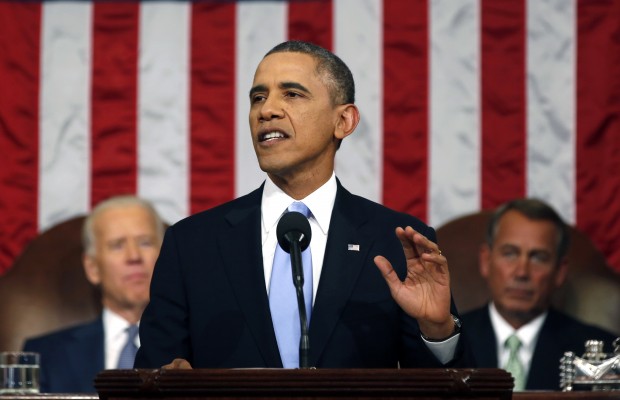Federally Funded Community College

When President Barack Obama first announced his plan to federally fund community college, “reducing the price to free” as he said in his last State of the Union address, the idea sounded like a fairytale finally coming true. After taking a step back, it is evident that although this dream will require a large monetary investment to accomplish, it will more importantly open a large sum of opportunities.
After the arguments and paperwork, if this initiative is put into action, any student, no matter what age or financial standing, will have the opportunity to attend federally-sponsored community college. The initiation of the plan would affect almost nine million students all over the country. According to Obama, the federal government will not be solely responsible for the funding of this project. Three-quarters of the expenses would be paid by the national government, while state governments would be required to pay the rest. Due to the proposed state involvement, the plan must first be agreed upon by Congress.
The recent initiation of Pell Grants, which give need-based aid through the FAFSA, have made many question whether making community college free would actually make a difference for students from low income families who already receive aid. In reality, the proposal would mainly affect middle-class students, who would already be able to afford community college without aid. However, despite being directly useful to the middle class, free community college would still be helpful for students from all economic backgrounds. The choice of going to college for two years guaranteed without paying would cause a shift in the college market, lowering the price of regular four-year colleges.
I think individuals on both sides can agree that by free, the president doesn’t actually mean “free” in the same sense that high school is free. High school is, for the most part, a requirement funded by the government, but college is a privilege. One of the objections to Obama’s policy is that if the government funds college, this would change, and that some students would treat college with the same disregard as they do high school. This is false. Federally funded colleges, even more than most forms of financial aid, will require participants to maintain an adequate grade-point average of a 2.5. Alongside this, students must show that they are committing to college at least half-time. Since less than half of the students enrolled in a community college actually graduate according to the American Association of Community Colleges, it is necessary that there are some requirements from students – there is not enough money to fund dropouts.
Some people view community college as an enormous investment that will undoubtedly bring about unnecessary tax hikes. And to some extent, they are right. Over the course of this decade, the initiative would cost up to $60 billion. Even with the looming price tag, the United States government is more capable to fund this plan now than ever before with today’s improved economy. With the unemployment rate plummeting to 5.6%, many acknowledge that America is shedding the last remnants of the recession, which saw a 10% unemployment rate. We should be using our resources now for the education system to keep the economy at this state. It is a cycle. Education fuels jobs, which fuels the economy, which then in turn fuels the education system. When one falters, it all crashes. When one speeds up, the whole cycle improves.
The only way to accomplish a bright future is to invest in it now. We may dream that the price of college will drop and our children will not have to worry about whether or not they can pay for college. But those things don’t just happen. The goals have to be worked towards now. And Obama’s plan, while it is not a one-way ticket to paradise, is a leap in the right direction.


